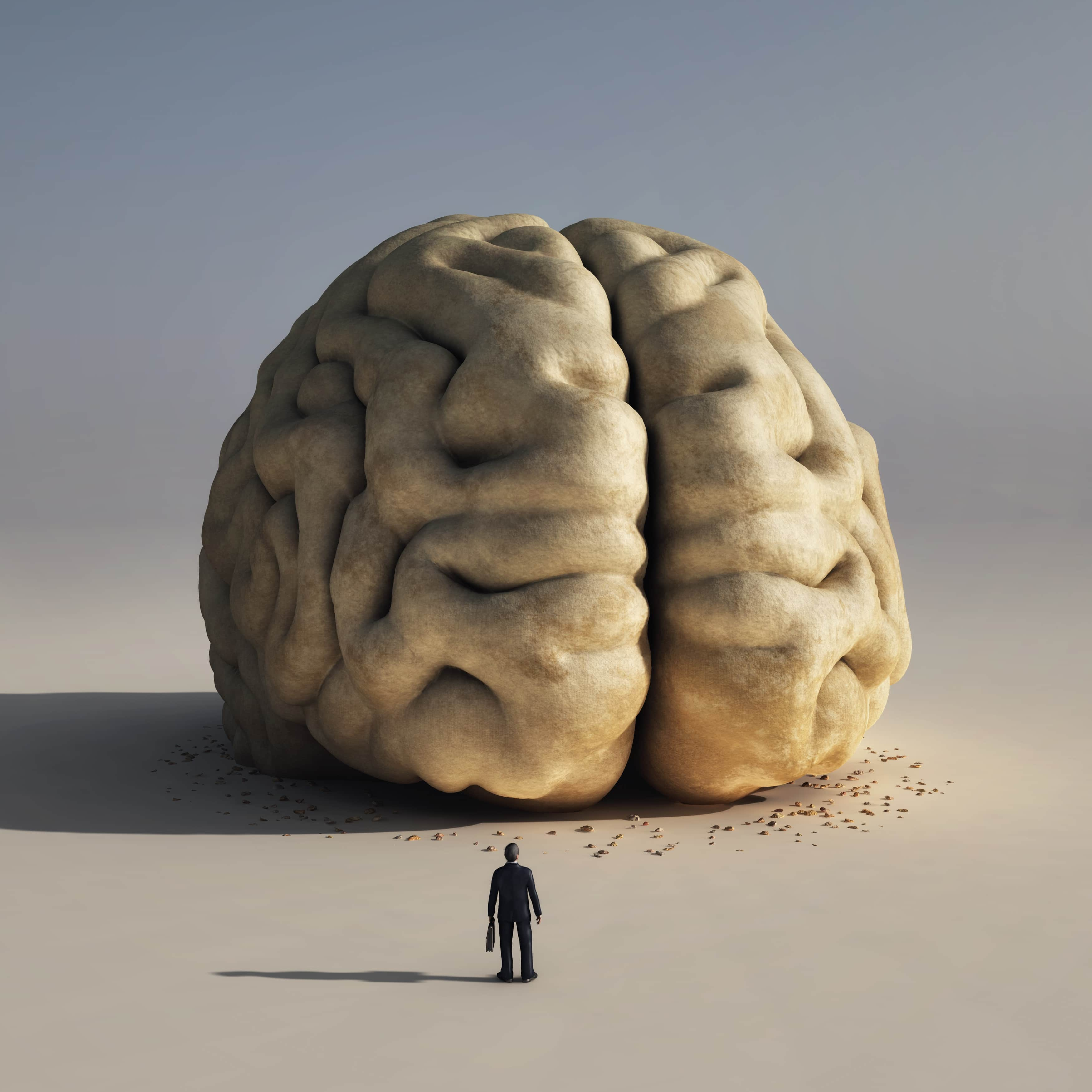Article
Review Discusses Physical Impact of Nonmotor Symptoms in Parkinson Disease
Author(s):
Researchers discuss the implications of nonmotor symptoms in patients with Parkinson disease, which can contribute to major sleep, ocular, olfactory, throat, cardiovascular, gastrointestinal, genitourinary, or musculoskeletal disorders.
Parkinson disease (PD) is a multisystemic disorder characterized by various motor and nonmotor symptoms (NMS). In a review published in Journal of Korean Medical Science, researchers discussed the implications of PD on a myriad of conditions ranging from sleep to gastrointestinal issues.
“Because NMS can affect multiple organs and result in major disabilities, the recognition and multidisciplinary and collaborative management of NMS by physicians is essential for patients with PD,” said the study authors.
In the review, the first 2 disorders examined were sleep and ocular. Sleep disturbances serve as one of the most common NMS in PD, affecting 60% to 90% of patients. As the researchers explain, “The pathophysiology of sleep disturbances in PD is attributed to neurodegenerative changes (α-synuclein and Lewy body formation) in the brainstem areas, such as the raphe nucleus and locus coeruleus.”
This degeneration in nuclei was cited as a significant factor in the sleep-wake cycle that can disrupt sleep architecture and lead to insomnia, excessive daytime sleepiness, and parasomnias. To combat sleep disorders in patients with PD, the researchers note that beyond pharmacological interventions, assessing for potential contributors that have a secondary effect on sleep, such as comorbid NMS or drug-induced sleep disorders, is warranted.
Transitioning to ocular disorders in patients with PD, the researchers noted the various vision issues that may occur, such as burning or gritty sensation, intermittent tearing, blurred vision or red eyes caused by dry eye syndrome, and blepharitis. When examining potential catalysts for these disorders, the review discusses how those with PD have decreased blink rates and tear production.
To manage these risks, the researchers say that treatment depends on symptomatology, in which conditions like visual hallucinations require varied interventions.
Other Related Disorders
Sleep and vision issues in patients with PD are widely reported, but what other disorders are linked?
Olfactory dysfunction, or loss of smell, is a common condition in those with PD, affecting 70% to 90% of patients. “This has been shown to be associated with α-synuclein pathology in the olfactory bulbs, olfactory tract, and olfactory nuclei, as previously discussed in Braak's hypothesis,” explained the study authors.
What differentiates olfactory dysfunction, and the lesser reported ageusia (loss of taste), from other disorders is that these effects do not respond to anti-Parkinsonian or other medications. Interventions include olfactory training and zinc supplementation.
Additionally, cardiovascular disorders such as orthostatic hypotension was referenced to affect 20% to 60% of patients with PD. Potentially due to dysfunction of the central nuclei in the lower brainstem, this disorder may also be triggered by anti-Parkinsonian medications including levodopa, dopamine agonists, and monoamine oxidase inhibitors.
Other related conditions include skin, gastrointestinal, genitourinary, and musculoskeletal disorders.
Notably, the researchers highlighted the importance of multidisciplinary teams to manage the complex care of those with PD.
“In consideration of the fact that many NMS greatly impact the quality of life of patients with PD, and NMS are often unresponsive to conventional dopaminergic therapy, recognition and proper management of NMS by physicians cannot be overemphasized,” concluded the study authors.
Reference
Choi JH, Kim JM, Yang HK, et al. Clinical perspectives of Parkinson's disease for ophthalmologists, otorhinolaryngologists, cardiologists, dentists, gastroenterologists, urologists, physiatrists, and psychiatrists. J Korean Med Sci. Published online July 20, 2020. doi:10.3346/jkms.2020.35.e230





